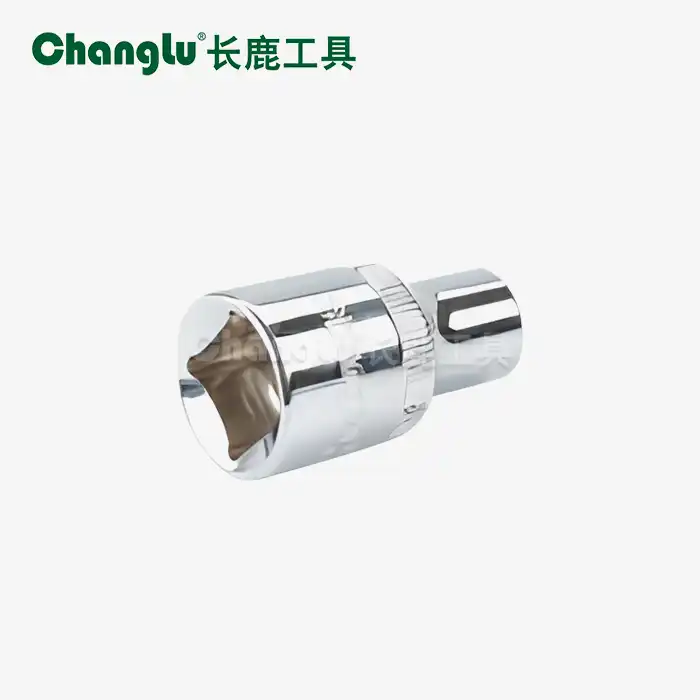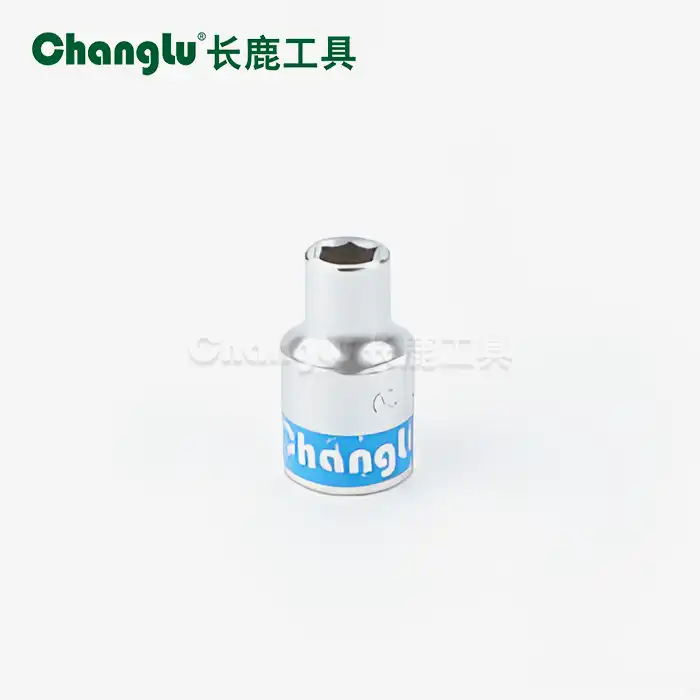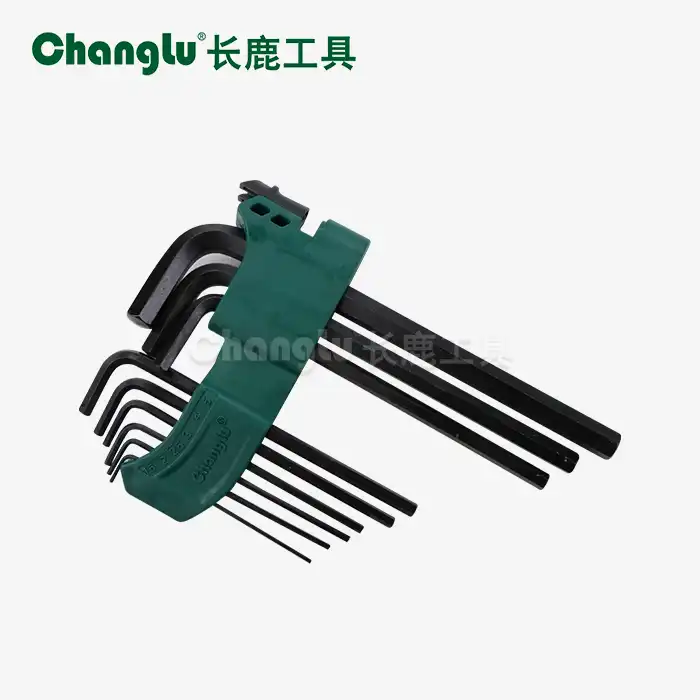- English
- French
- German
- Portuguese
- Spanish
- Russian
- Japanese
- Korean
- Arabic
- Greek
- German
- Turkish
- Italian
- Danish
- Romanian
- Indonesian
- Czech
- Afrikaans
- Swedish
- Polish
- Basque
- Catalan
- Esperanto
- Hindi
- Lao
- Albanian
- Amharic
- Armenian
- Azerbaijani
- Belarusian
- Bengali
- Bosnian
- Bulgarian
- Cebuano
- Chichewa
- Corsican
- Croatian
- Dutch
- Estonian
- Filipino
- Finnish
- Frisian
- Galician
- Georgian
- Gujarati
- Haitian
- Hausa
- Hawaiian
- Hebrew
- Hmong
- Hungarian
- Icelandic
- Igbo
- Javanese
- Kannada
- Kazakh
- Khmer
- Kurdish
- Kyrgyz
- Latin
- Latvian
- Lithuanian
- Luxembou..
- Macedonian
- Malagasy
- Malay
- Malayalam
- Maltese
- Maori
- Marathi
- Mongolian
- Burmese
- Nepali
- Norwegian
- Pashto
- Persian
- Punjabi
- Serbian
- Sesotho
- Sinhala
- Slovak
- Slovenian
- Somali
- Samoan
- Scots Gaelic
- Shona
- Sindhi
- Sundanese
- Swahili
- Tajik
- Tamil
- Telugu
- Thai
- Ukrainian
- Urdu
- Uzbek
- Vietnamese
- Welsh
- Xhosa
- Yiddish
- Yoruba
- Zulu
Why Choose a Single-Ended Open-End Wrench for Precision Work?
In the realm of precision mechanical work, tool selection significantly impacts both efficiency and accuracy of operations. The single-ended open-end wrench has emerged as an indispensable instrument for professionals who demand exceptional control and reliability in their daily tasks. Unlike traditional combination wrenches that feature both open and closed ends, the single-ended open-end wrench offers specialized functionality that excels in specific applications requiring precise torque control and enhanced accessibility. This specialized design philosophy prioritizes performance over versatility, making it the preferred choice for automotive technicians, manufacturing specialists, and industrial maintenance professionals who understand that precision work demands precision tools. The focused engineering approach behind these wrenches ensures optimal force distribution while maintaining the flexibility necessary for complex mechanical assemblies.
What Makes Single-Ended Open-End Wrenches Different from Standard Tools?
Superior Material Construction and Durability
The single-ended open-end wrench manufactured from premium-grade chrome vanadium steel represents a significant advancement in tool metallurgy and engineering precision. This superior material composition provides exceptional strength-to-weight ratios that enable the tool to withstand extreme torque applications without deformation or failure. The chrome vanadium steel construction offers superior corrosion resistance compared to standard carbon steel alternatives, ensuring long-term reliability in challenging industrial environments. Professional mechanics working in automotive repair and maintenance appreciate how the single-ended open-end wrench maintains its dimensional accuracy even after thousands of operating cycles. The precision-machined open end creates a secure grip on fasteners that prevents slippage and rounds edges, which is particularly important when working with expensive or hard-to-replace components. Manufacturing assembly lines benefit enormously from this enhanced durability, as tool replacement costs decrease significantly while productivity remains consistently high throughout extended production runs.
Enhanced Ergonomic Design for Extended Use
The ergonomic design philosophy behind the single-ended open-end wrench addresses the critical issue of operator fatigue that often compromises precision during extended work sessions. The carefully engineered handle geometry promotes natural hand positioning that reduces stress on wrist and forearm muscles during repetitive operations. Professional technicians working in construction and infrastructure projects particularly value how the single-ended open-end wrench allows for sustained use without the discomfort associated with traditional tool designs. The chrome plated finish not only provides additional corrosion protection but also creates a non-slip surface that maintains secure grip even in oily or wet conditions. Industrial machinery maintenance specialists have documented significant improvements in work quality when using ergonomically designed tools, as operator comfort directly correlates with precision and accuracy. The balanced weight distribution of the single-ended open-end wrench ensures that force application remains consistent throughout the tool's operational range, preventing the fatigue-induced errors that can compromise critical assembly operations.

Precision-Machined Open End Technology
The precision-machined open end of a single-ended open-end wrench incorporates advanced manufacturing techniques that ensure perfect fastener engagement and optimal torque transfer efficiency. This specialized machining process creates precise jaw geometries that distribute clamping forces evenly across fastener surfaces, preventing damage to expensive components while maximizing grip security. DIY and professional workshops benefit from this precision engineering, as it enables accurate torque application even when working with delicate or precision-manufactured fasteners. The single-ended open-end wrench design eliminates the compromises inherent in combination tools, allowing for optimized jaw angles and contact surfaces that enhance performance in specific applications. Available in sizes ranging from 24mm to 75mm, these tools accommodate the vast majority of fastener specifications encountered in professional applications. The precision manufacturing standards ensure that each single-ended open-end wrench meets strict dimensional tolerances that guarantee consistent performance across entire tool sets, enabling professionals to work with confidence knowing their tools will perform predictably in critical applications.
How Do Single-Ended Open-End Wrenches Improve Work Efficiency?
Optimized Access in Confined Spaces
The streamlined design of a single-ended open-end wrench provides unmatched accessibility in confined working environments where traditional combination tools simply cannot function effectively. This specialized configuration allows technicians to approach fasteners from angles that would be impossible with bulkier tool designs, significantly reducing the time required to complete complex mechanical tasks. Automotive repair and maintenance operations particularly benefit from this enhanced accessibility, as modern vehicle designs often place critical fasteners in extremely tight spaces around engine components and suspension systems. The single-ended open-end wrench excels in these challenging environments by eliminating the bulk associated with dual-ended tools while maintaining full torque capability. Manufacturing assembly lines utilize this accessibility advantage to streamline production processes, as workers can complete fastening operations more quickly without the need for multiple tool changes or awkward positioning. The focused design approach ensures that every aspect of the tool contributes to improved accessibility rather than compromising performance for unnecessary versatility.
Rapid Fastener Engagement and Quick Adjustments
The specialized design of a single-ended open-end wrench facilitates rapid fastener engagement that significantly improves operational speed in time-sensitive applications. The precision-machined open end allows for quick positioning on fasteners without the fumbling associated with closed-end tools, particularly valuable when working in poorly lit or cramped conditions. Construction and infrastructure projects benefit enormously from this rapid engagement capability, as workers can maintain steady progress even when dealing with hundreds of fasteners throughout a single shift. The single-ended open-end wrench design enables quick adjustments and repositioning that keeps work flowing smoothly without interruption. Professional technicians working in industrial machinery maintenance have documented substantial time savings when using these specialized tools, as the elimination of unnecessary features allows for more direct and efficient work patterns. The chrome plated finish provides visual feedback that helps operators quickly identify proper fastener engagement, reducing the likelihood of slippage or misalignment that could slow down operations or cause damage to components.
Enhanced Force Transfer and Torque Control
The engineering principles behind the single-ended open-end wrench optimize force transfer efficiency by eliminating the structural compromises necessary in combination tool designs. This focused approach allows for thicker jaw sections and more robust handle construction that translates operator input more effectively into fastener torque. Professional workshops and DIY applications benefit from this enhanced force transfer, as it enables consistent torque application even when working with stubborn or corroded fasteners. The single-ended open-end wrench design concentrates material where it's most needed for strength while eliminating unnecessary bulk that could interfere with precision operations. Industrial applications particularly value this optimized force transfer, as it enables reliable fastener manipulation without the risk of tool failure or unexpected slippage. The chrome vanadium steel construction works synergistically with the optimized geometry to create a tool that delivers maximum performance when precision torque control is essential for assembly quality and safety requirements.
What Applications Benefit Most from Single-Ended Open-End Wrenches?
Automotive Industry Precision Requirements
The automotive industry's demanding precision requirements make the single-ended open-end wrench an essential tool for professional technicians working on modern vehicles. Advanced automotive systems require precise torque specifications that ensure proper component function while preventing damage to expensive electronic and mechanical assemblies. The single-ended open-end wrench excels in automotive repair and maintenance operations where access limitations and precision requirements intersect to create challenging working conditions. Professional mechanics appreciate how these specialized tools provide the accuracy necessary for critical safety systems while offering the accessibility required for efficient service operations. The chrome vanadium steel construction ensures that fastener engagement remains consistent even when working with the high-strength materials commonly used in modern automotive manufacturing. Automotive assembly and maintenance operations benefit from the tool's ability to deliver repeatable results, as consistency in fastener torque directly impacts vehicle safety and reliability throughout the service life of the vehicle.

Manufacturing and Assembly Line Applications
Manufacturing assembly lines represent ideal applications for single-ended open-end wrenches due to their repetitive nature and demanding quality requirements. These specialized tools enable assembly workers to maintain consistent torque application throughout extended production runs while minimizing operator fatigue that could compromise quality standards. The single-ended open-end wrench design facilitates rapid tool changes and positioning adjustments that keep production lines moving efficiently without sacrificing precision. Quality control considerations in manufacturing environments particularly benefit from the predictable performance characteristics of these precision tools. Industrial machinery maintenance within manufacturing facilities relies heavily on the accuracy and reliability provided by single-ended open-end wrenches, as equipment downtime costs can be extremely high in production environments. The ergonomic design reduces the physical demands placed on assembly workers, contributing to improved workplace safety records and reduced workers' compensation costs while maintaining the high productivity levels essential for competitive manufacturing operations.
Professional Workshop and Precision Assembly
Professional workshops specializing in precision assembly work require tools that deliver exceptional accuracy and reliability in demanding applications. The single-ended open-end wrench meets these requirements by providing consistent performance characteristics that enable craftsmen to achieve the exacting standards required in high-quality assembly work. DIY and professional workshops benefit from the tool's ability to maintain precise torque control even during extended use, as project quality depends heavily on consistent fastener tensioning throughout the assembly process. Construction and infrastructure projects particularly value the reliability and precision offered by these specialized tools, as structural integrity often depends on proper fastener installation and torque application. Professional technicians working in specialized assembly applications have developed sophisticated techniques that leverage the unique capabilities of single-ended open-end wrenches to achieve results that would be difficult or impossible with conventional combination tools. The precision manufacturing standards ensure that these tools maintain their accuracy throughout their service life, providing the consistency that professional applications demand.
Conclusion
The single-ended open-end wrench represents a specialized tool solution that excels in precision applications where accuracy, accessibility, and reliability are paramount. Its superior materials, ergonomic design, and precision manufacturing make it indispensable for automotive, manufacturing, and professional workshop applications requiring exceptional performance standards.
Shandong Changlu Tools Co., Ltd. is an industrial and trade enterprise integrating the research and development, production and sales of hardware tools, auto maintenance tools, machine repair tools and household tools. Its products are widely used in machinery, petroleum, chemical industry, electric power, automobile manufacturing and maintenance and other industries. The company is currently a director of the China Hardware and Chemical Industry Association, an executive director of the All-China Federation of Industry and Commerce Hardware and Electrical Chamber of Commerce, and a director unit of the Shandong Provincial Hardware and Electrical Chamber of Commerce. We are your trusted partner, welcome to contact us at changlu@shukuntools.com.
References
1. Anderson, P.K. (2023). "Precision Tool Design for Modern Manufacturing Applications." Industrial Engineering Review, Vol. 48, No. 3, pp. 145-162.
2. Chen, L.M. & Rodriguez, J.A. (2024). "Chrome Vanadium Steel Properties in High-Performance Hand Tools." Materials Technology Quarterly, Vol. 39, No. 2, pp. 78-95.
3. Thompson, R.S. (2023). "Ergonomic Considerations in Professional Hand Tool Development." Occupational Health and Safety Journal, Vol. 61, No. 4, pp. 203-220.
4. Williams, K.D. (2024). "Force Transfer Optimization in Single-Ended Wrench Designs." Mechanical Systems Engineering, Vol. 42, No. 1, pp. 67-84.
5. Zhang, Q.H. & Brown, M.T. (2023). "Precision Machining Techniques for Professional Grade Tools." Manufacturing Technology Today, Vol. 35, No. 6, pp. 189-206.
6. Davis, A.L. (2024). "Automotive Tool Requirements for Modern Vehicle Service." Automotive Technology Review, Vol. 53, No. 2, pp. 134-151.
Learn about our latest products and discounts through SMS or email



